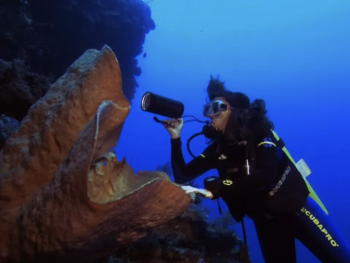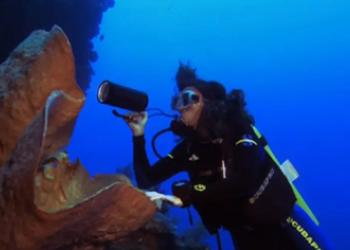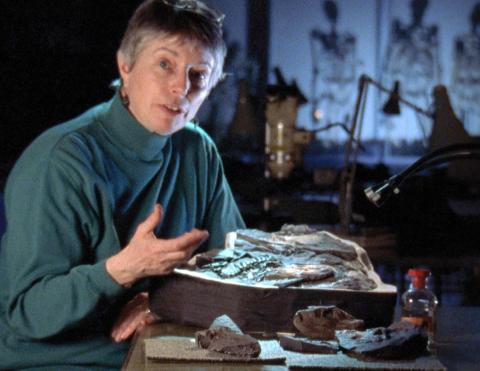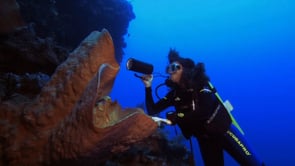
When I encounter a sponge, I'm just in awe. They're just so different you cannot stop yourself from asking, "What are you? What do you do? What do you eat?" -- Cristina Diaz
Dr. Cristina Diaz has made studying and classifying sponges her life's work. Her research takes her to the waters of Sulawesi in Northern Indonesia, one of the most biologically rich environments on Earth. There, she searches for members of the group that started it all—the first animal group of Earth.
Diaz's explorations reveal sponges as a surprisingly colorful and diverse group of animals. Once considered plants, sponges showcase special traits of "animalness"— like sporting multiple specialized cells that work together and communicate with each other in a uniquely animal way.
In her work off Sulawesi, Diaz brings to light the prodigious power of these seemingly quiet animals. Using luminous non-toxic dye, she demonstrates that simple sponges function as fantastically active pumps.
About Cristina Diaz’s Career
Cristina Diaz, Ph.D., is a scientist at the Museo Marino de Margarita, Nueva Esparta, Venezuela. Cristina Diaz began her career in the 1980s at the Universidad Central de Venezuela in Caracas where she became absorbed in the study of tropical sponges and their life cycles. In the 1990s, she moved to the United States and by 1996 had received her doctorate in organismal biology from the University of California, Santa Cruz.
Diaz is one of a handful of experts in the world specializing in studying, identifying and classifying intertidal and tropical sponges. She has named numerous species and even has one named after her, Halicnemia diazae, a smooth white sponge from the Galapagos Islands discovered by her colleagues. Diaz admits the name is indeed an honor, although she confides that the little sponge is quite a weird one.



















